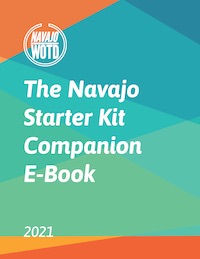háálá
because or inasmuch
hah lah
Meaning: because, or inasmuch as.
Consider the following:
- I took a shower because I just got out of the swimming pool.
- I bought a bike because I have classes across school campus.
- I am studying now because I have final exams next week.
- Michael will travel home after final exams inasmuch as he does not need to stay around any longer.
In these cases the effect precedes the cause, and for this reason háálá is appropriate.
